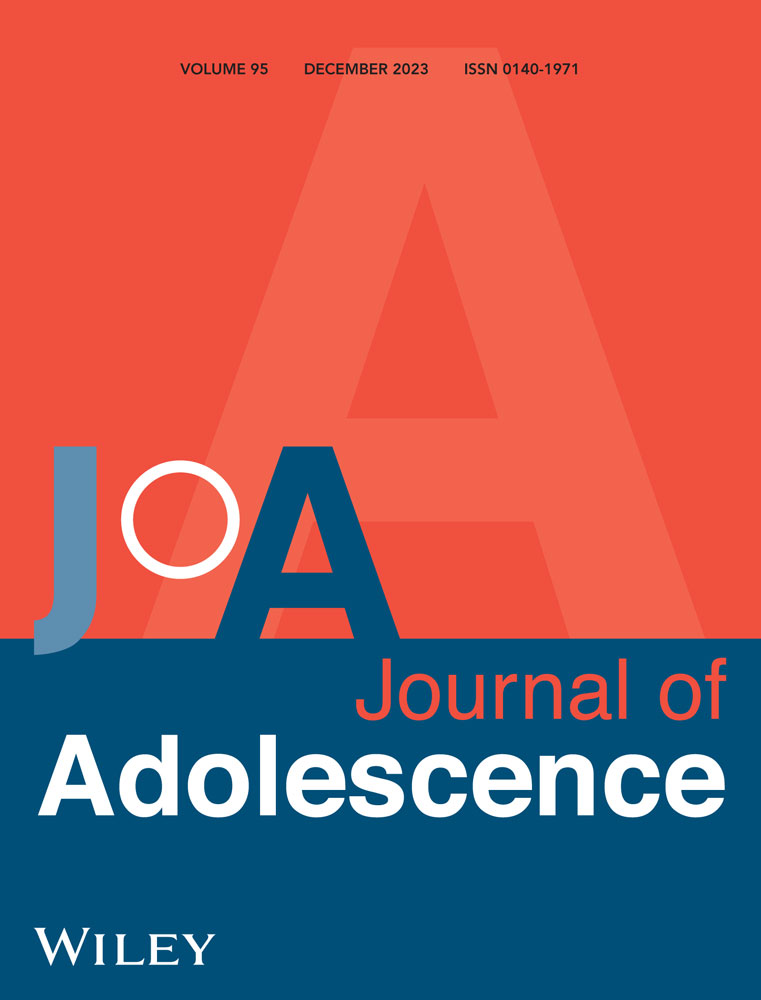Brief report: Revealing the nuance: Examining approaches for research with adolescents who identify with multiple racial/ethnic groups
Abstract
Introduction
Increasing racial/ethnic diversity in the United States calls for methodological approaches that capture participants who identify with multiple racial/ethnic groups. Existing approaches are oriented toward large samples (N > 500); yet, we do not know how effective these approaches are with more common smaller convenience samples. We explored how several approaches were associated with the sample distribution of racial/ethnic groups and ethnic identity using a small convenience sample.
Methods
In 2017, 320 U.S. adolescents (Mage = 16.04 years, SDage = 1.33; 59% female) responded to an open-ended question regarding their racial/ethnic group(s) in a cross-sectional survey. Seventy-five (23%) adolescents identified with multiple racial/ethnic groups. Remaining adolescents identified solely with the Asian/Hawaiian Native/Pacific Islander (19%), Black/African American (3%), European American (21%), Latinx (34%), or Native American/Alaska Native (<1%) group.
Results
Three approaches for adolescents with multiple racial/ethnic groups were employed. Findings indicated that the sample distributions differed across the approaches. The greatest differences were shown for Black/African American, Native American/Alaska Native, and Other Race/Ethnicity groups. Descriptively, ethnic identity also differed across the approaches. For example, multiracial/ethnic adolescents reported greater ethnic identity-exploration than their European American counterparts in one approach than in others.
Conclusions
Researchers should carefully consider approaches to research with adolescents who identify with multiple racial/ethnic groups given implications for the literature. This study demonstrates the critical need to further develop approaches for capturing the complexity of race/ethnicity.
CONFLICT OF INTEREST STATEMENT
The authors declare no conflict of interest.
Open Research
DATA AVAILABILITY STATEMENT
Data and materials for the study are available by emailing the corresponding author.




